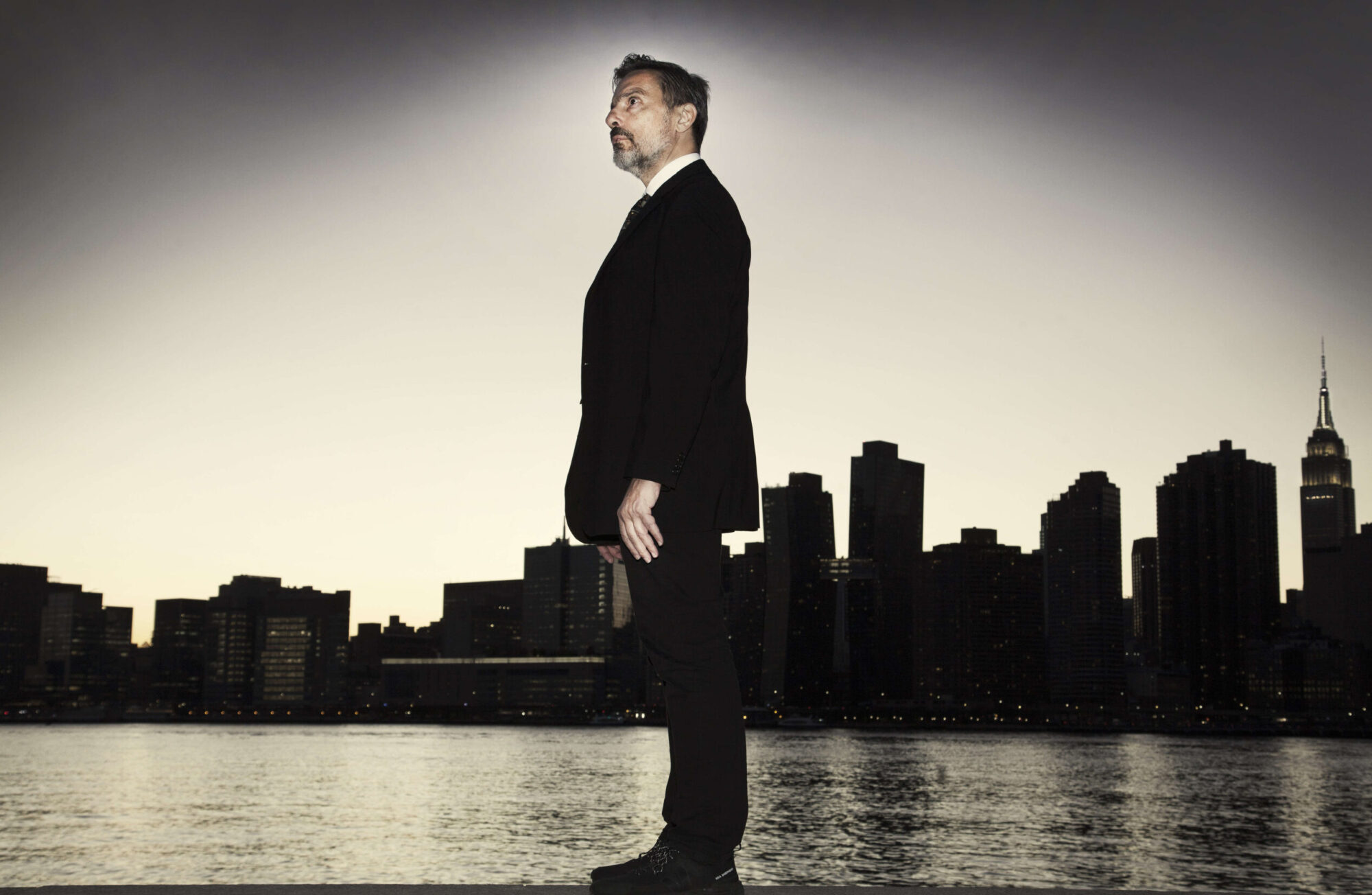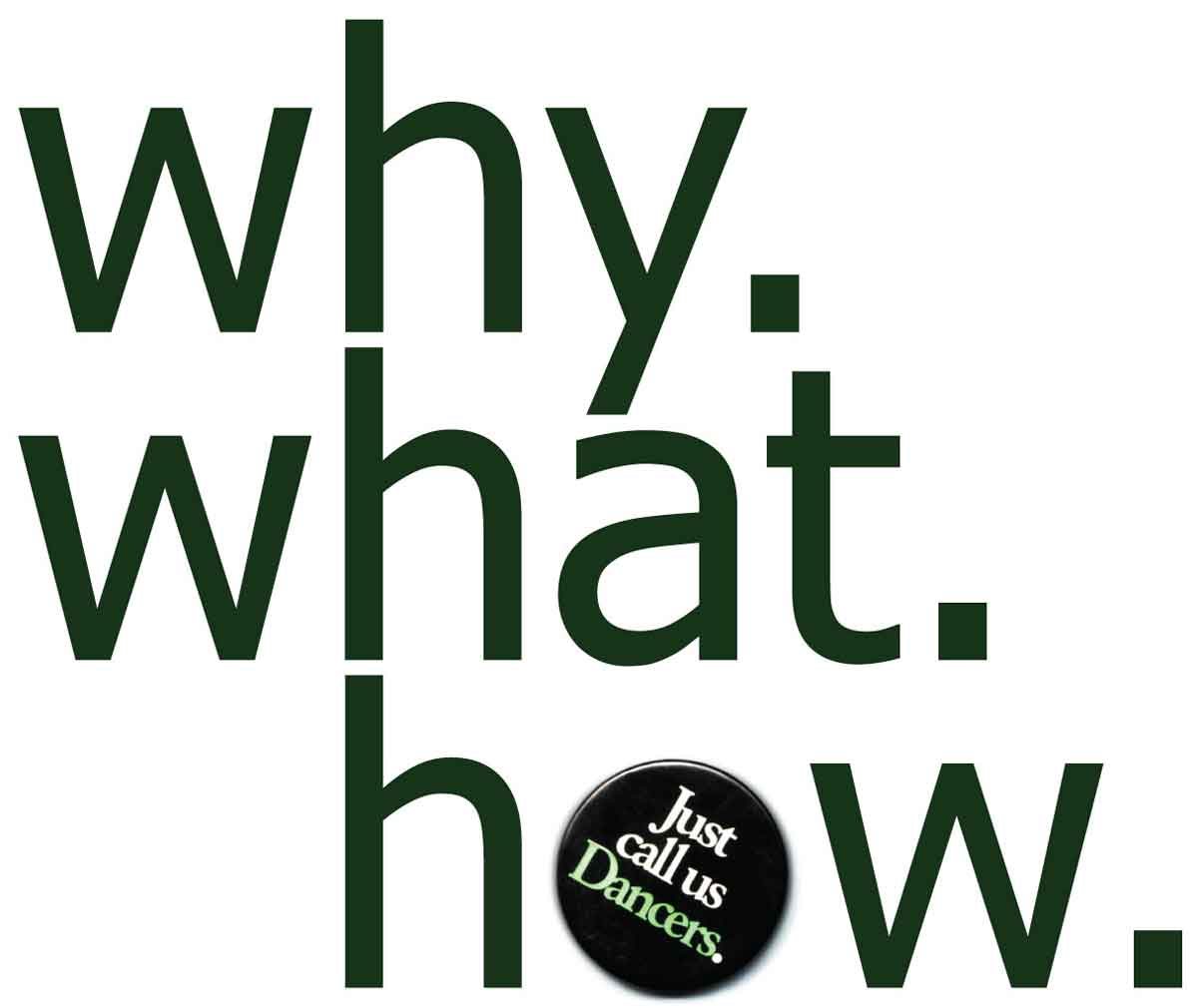Just call us Dancers
Oral History in the performing arts
In the winter of 1980/81, I was awarded a scholarship to study at a dance studio located at 400 Lafayette Street in New York City. The name of this studio was Dancerschool. The studio was part of the life work of Dennis Wayne, a star dancer of the 1970s. His company was called “Dancers”, just the word “Dancers”. The simplicity of that name indicates that what they do should suffice. The art speaks for itself.
Dancers are notoriously reticent when talking about dance. It is understandable since this art presents exactly those aspects of the human experience that are beyond words to explain. So how do we do oral history in this context?
One aspect that might of wider interest is a focus on nonverbal aspects of communication that have permeated my 40-year career as a choreographer.
Making implicit knowledge explicit is a challenge when we analyze the relationship between orality and the art of dance, but also in interviews.
Oral History is a good tool to document and understand decision making. How do creative processes manifest themselves, that can be explored in interviews?
•
This presentation is very personal. I will describe the state of the research on non-verbal communication as I was discovering it as part of my artistic research. I will divide time into units of decades, the characterizations of these decades are based on my personal experience of what and where I was during those periods.
•
oralhistory.org


